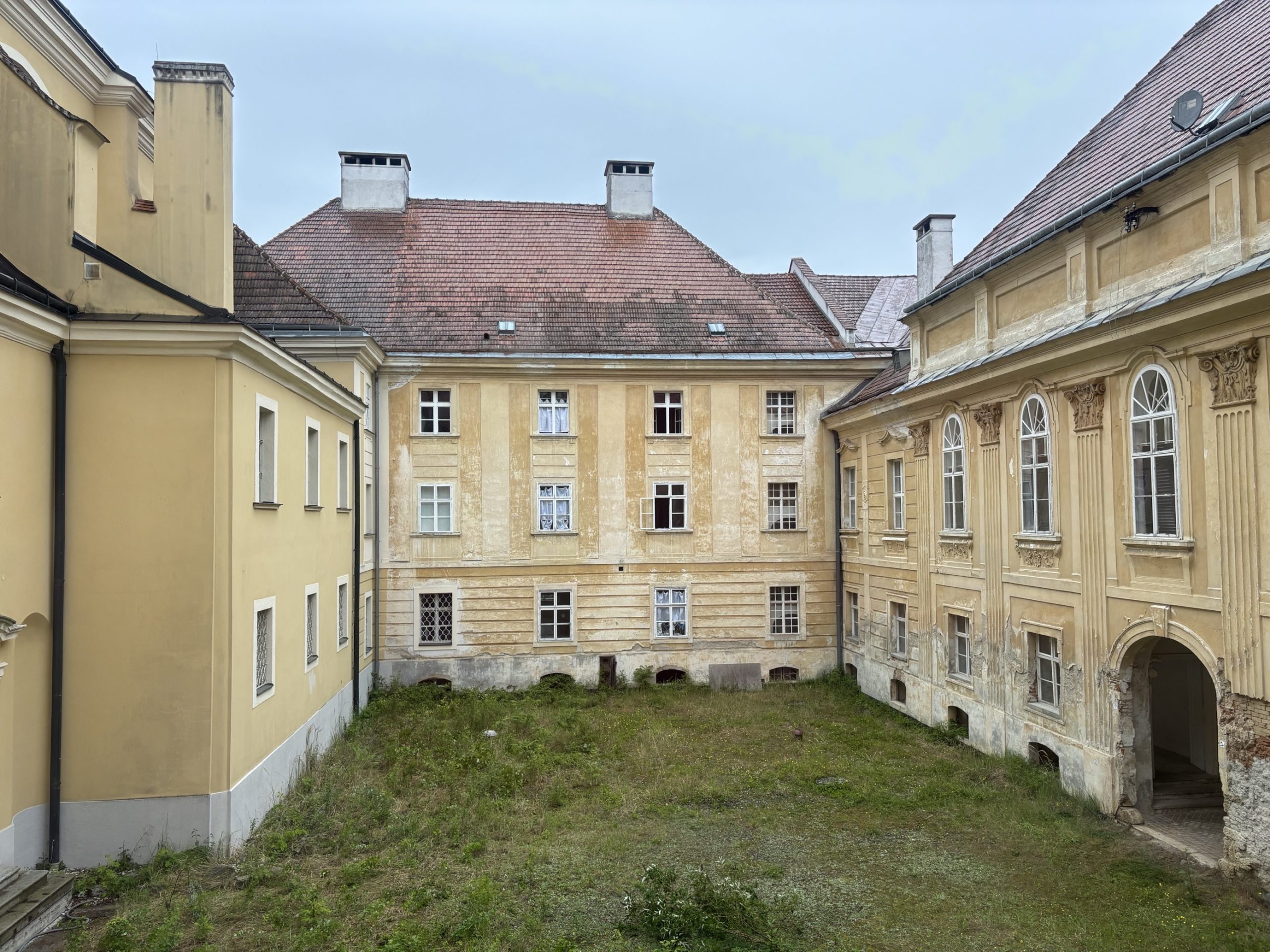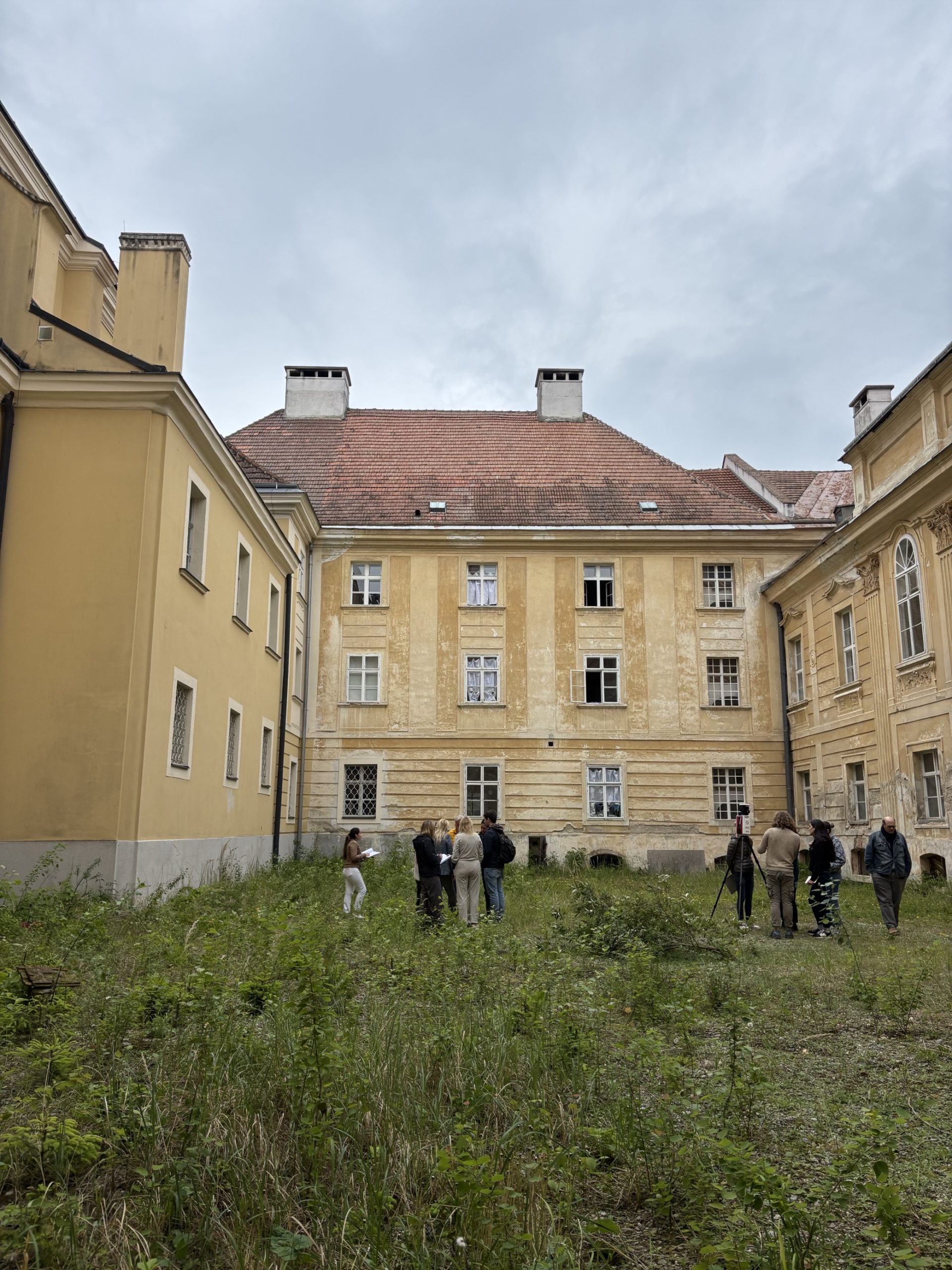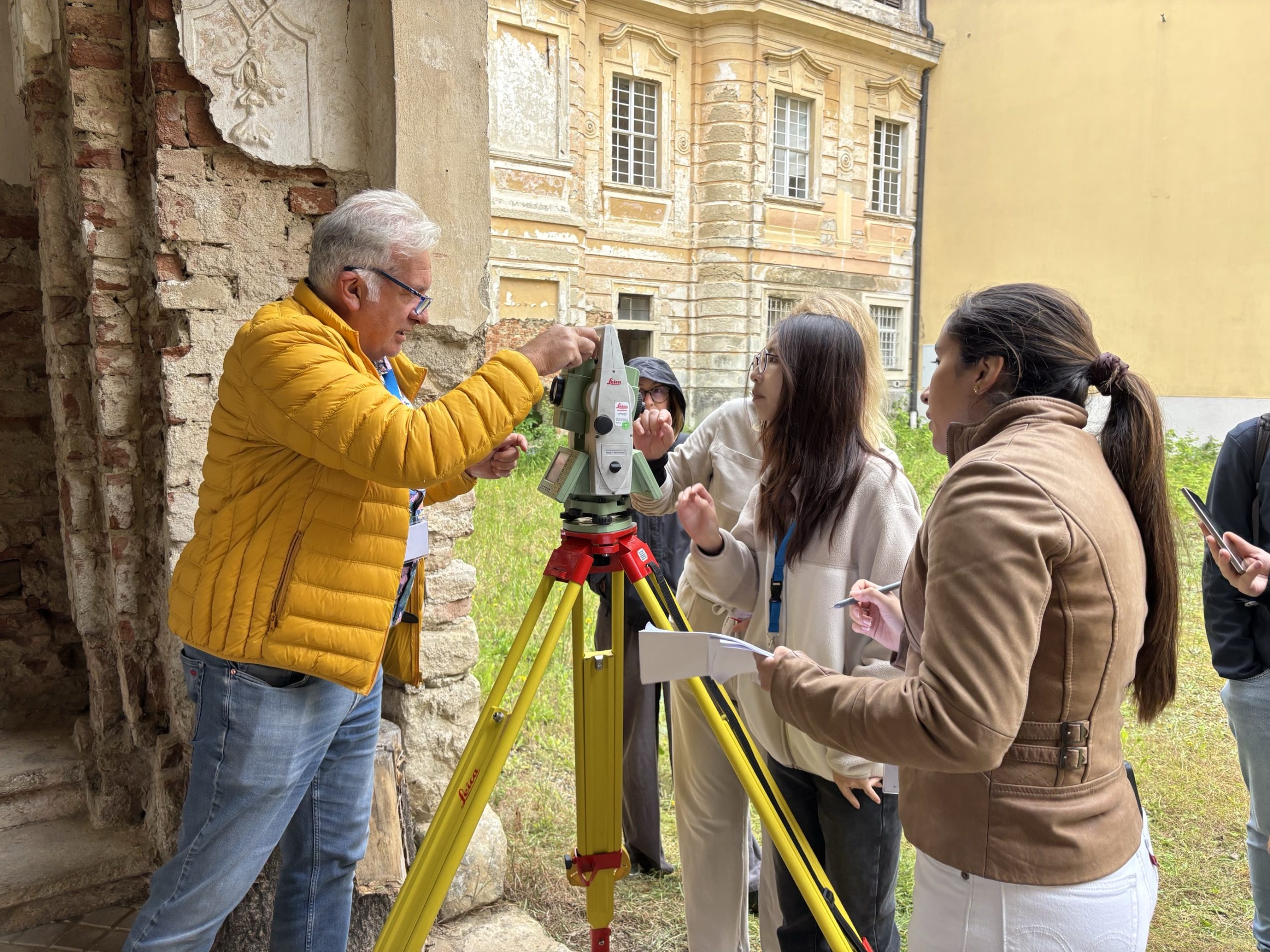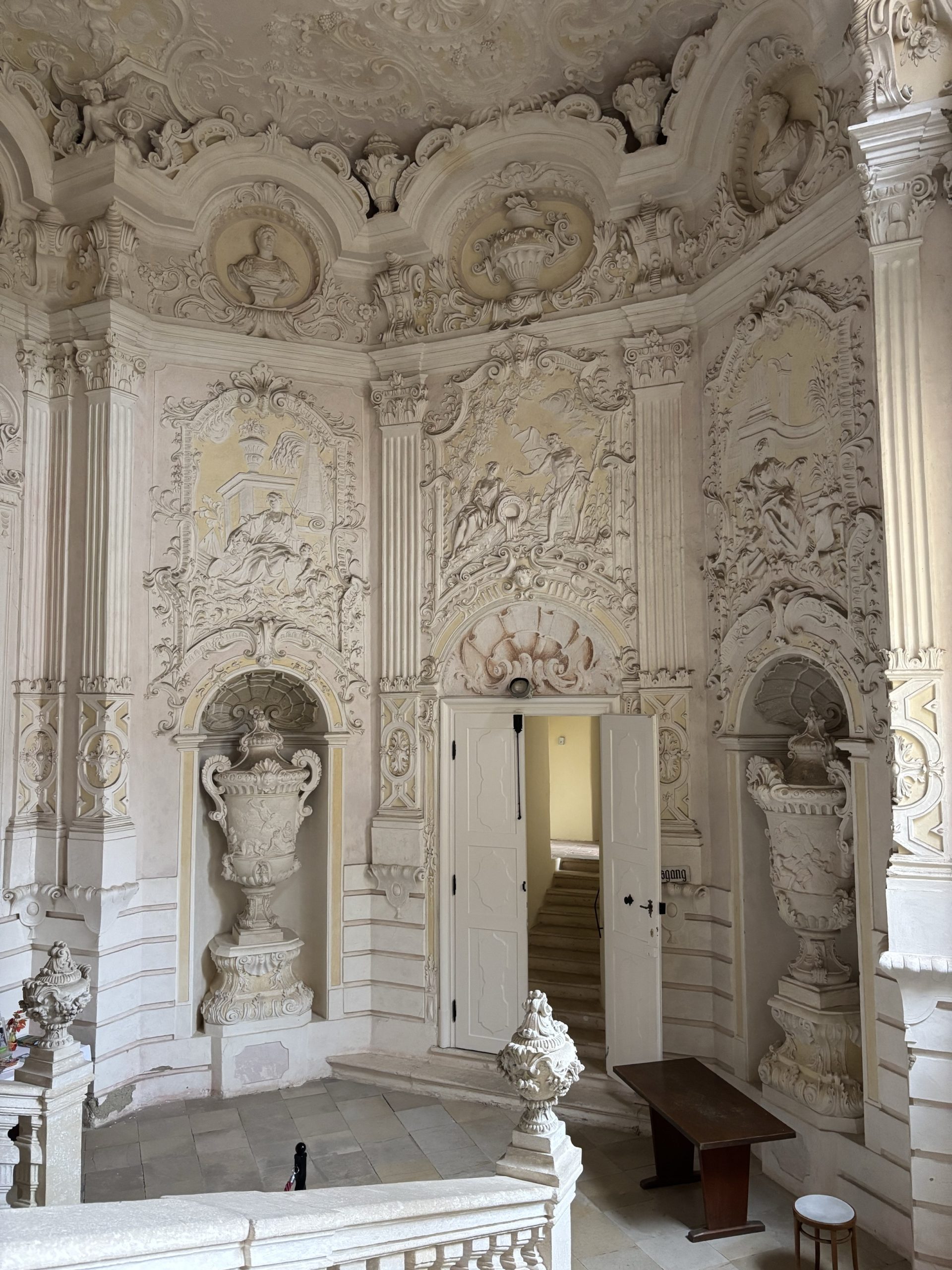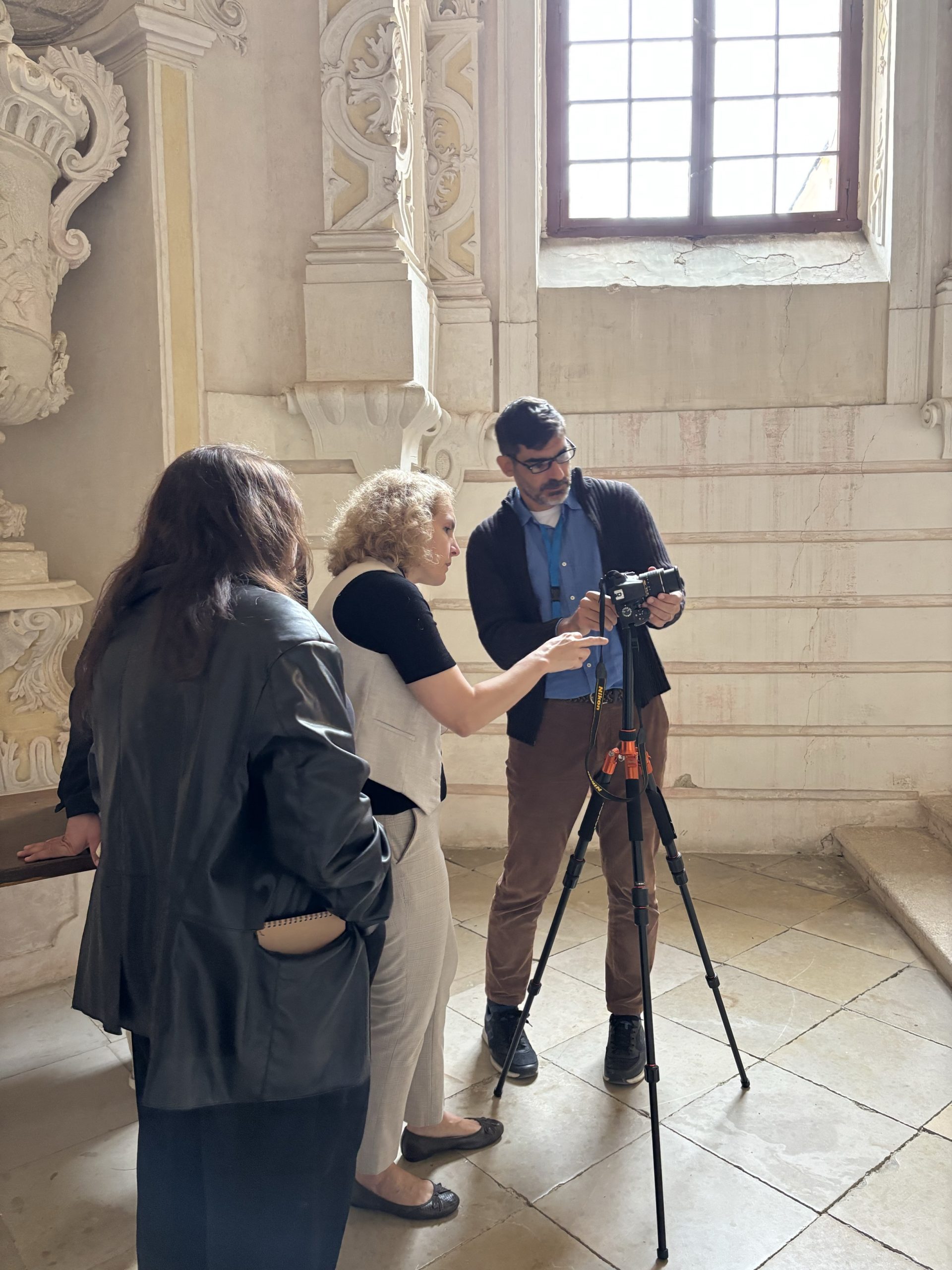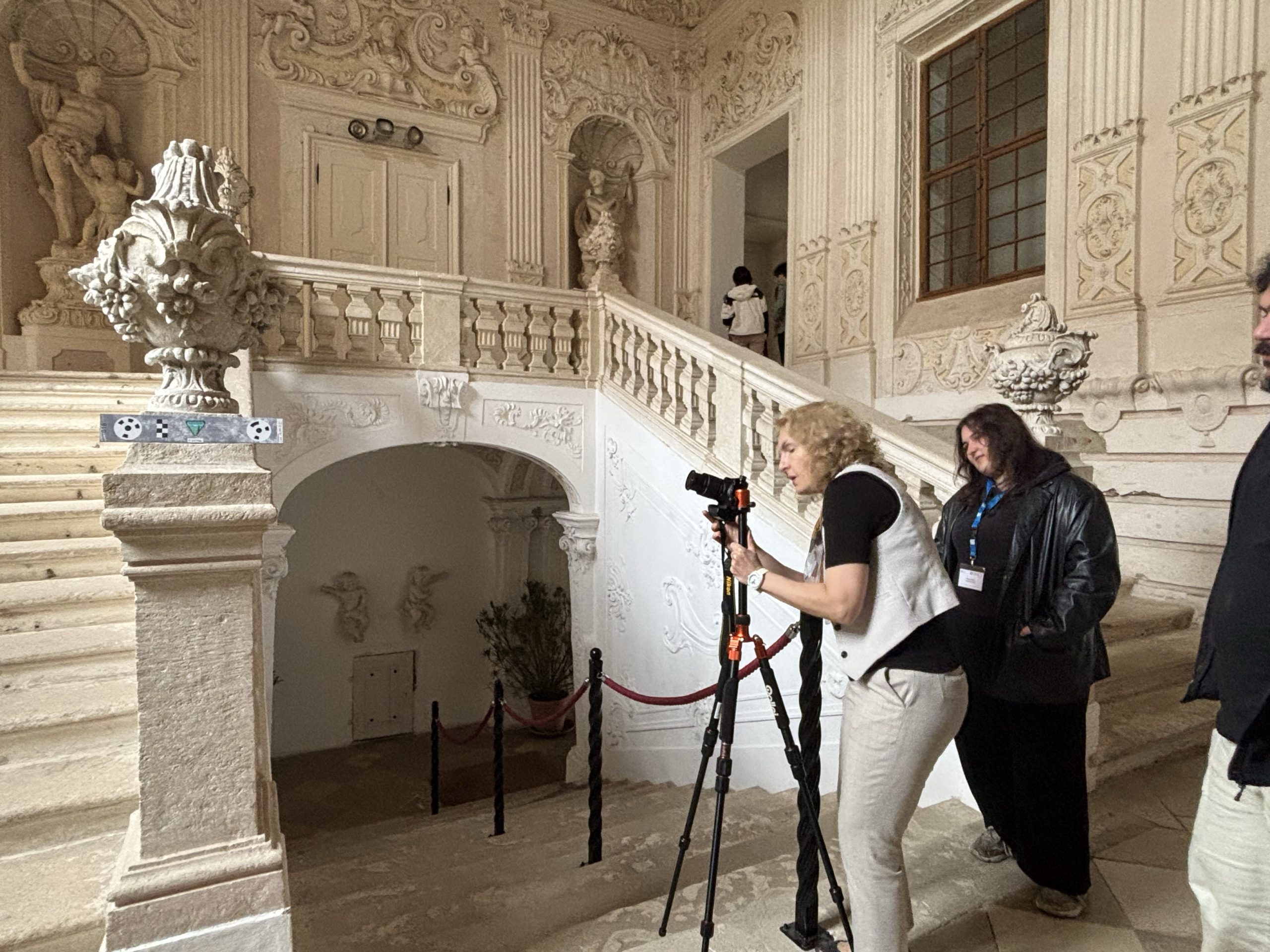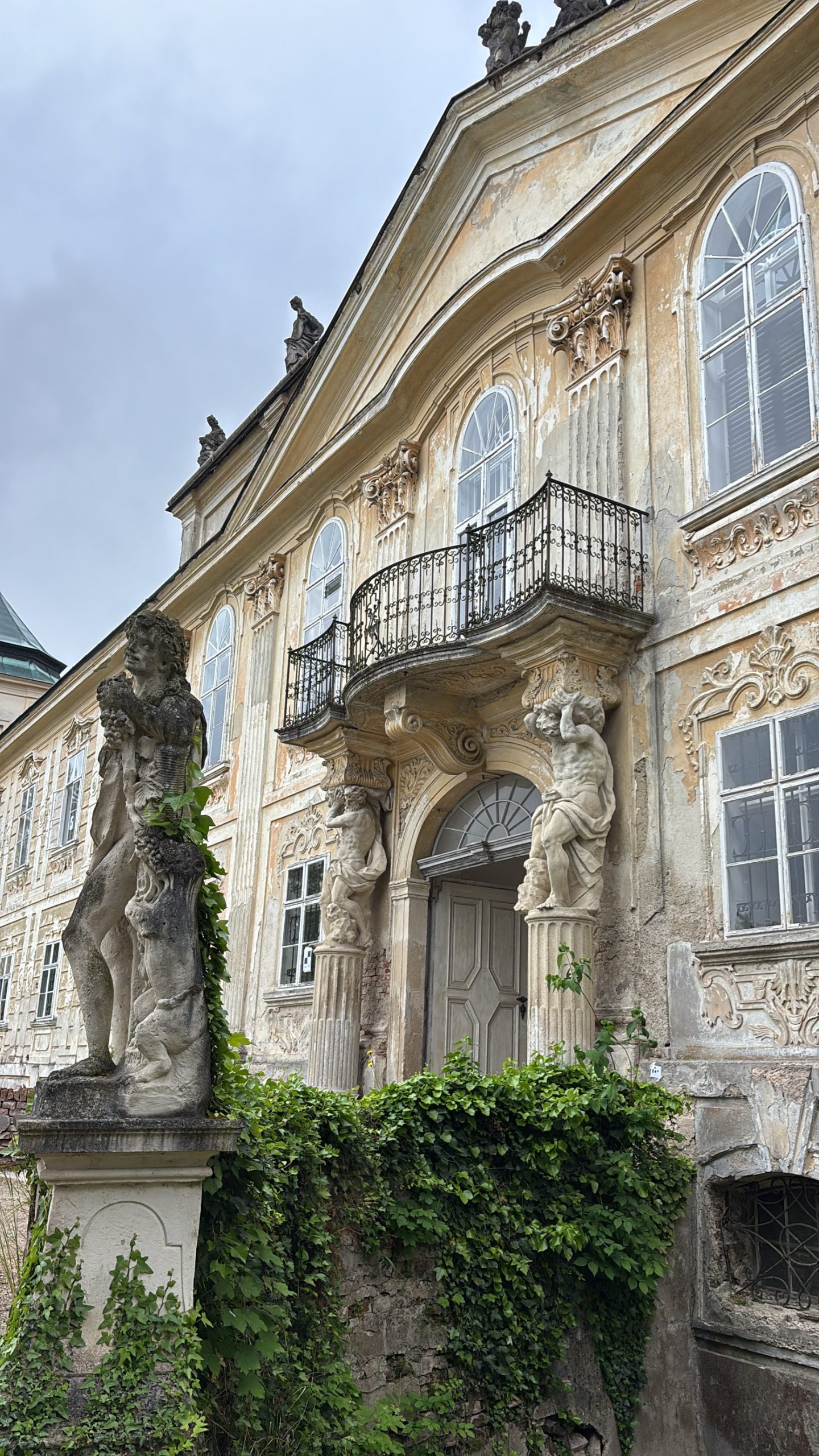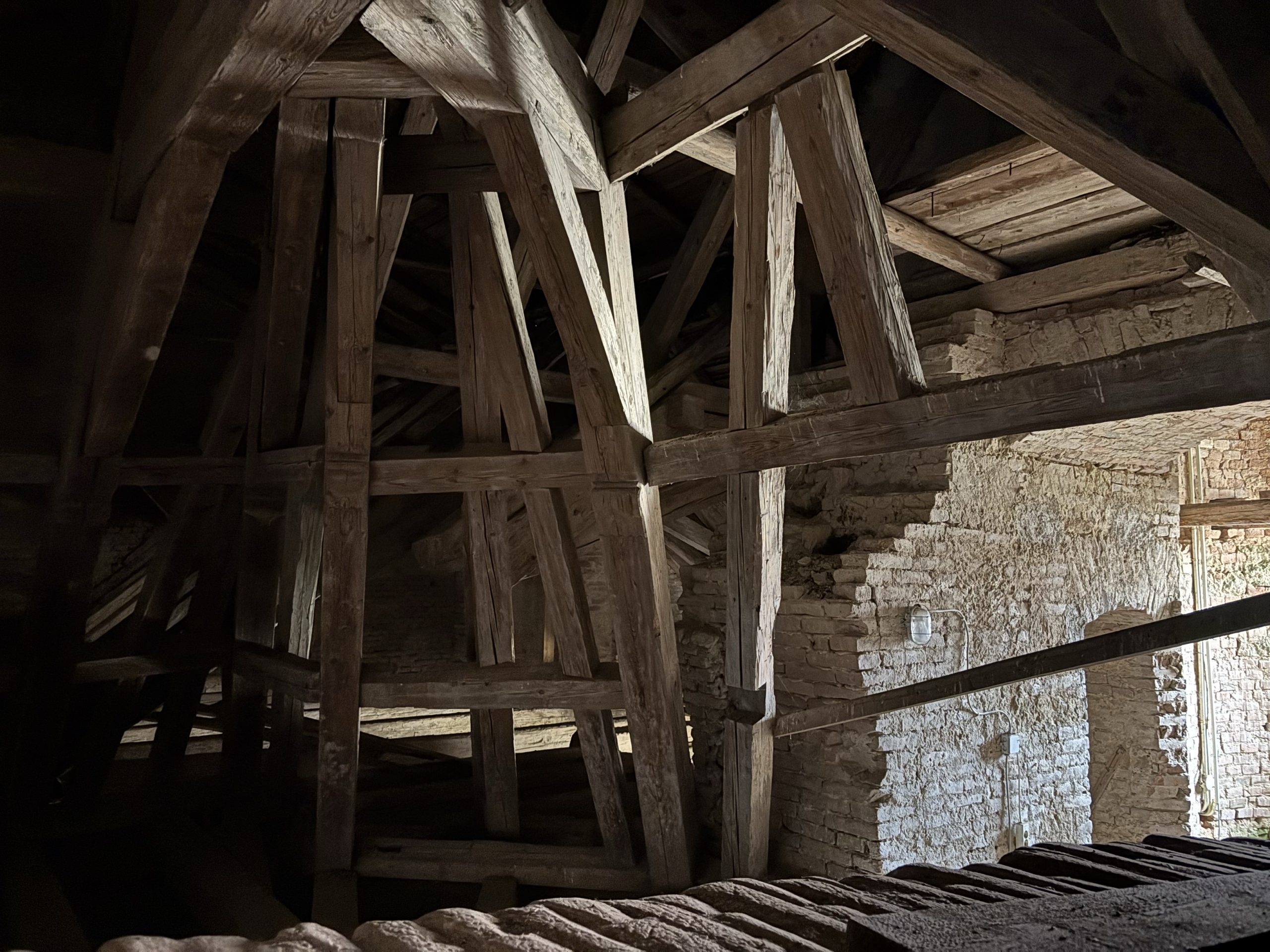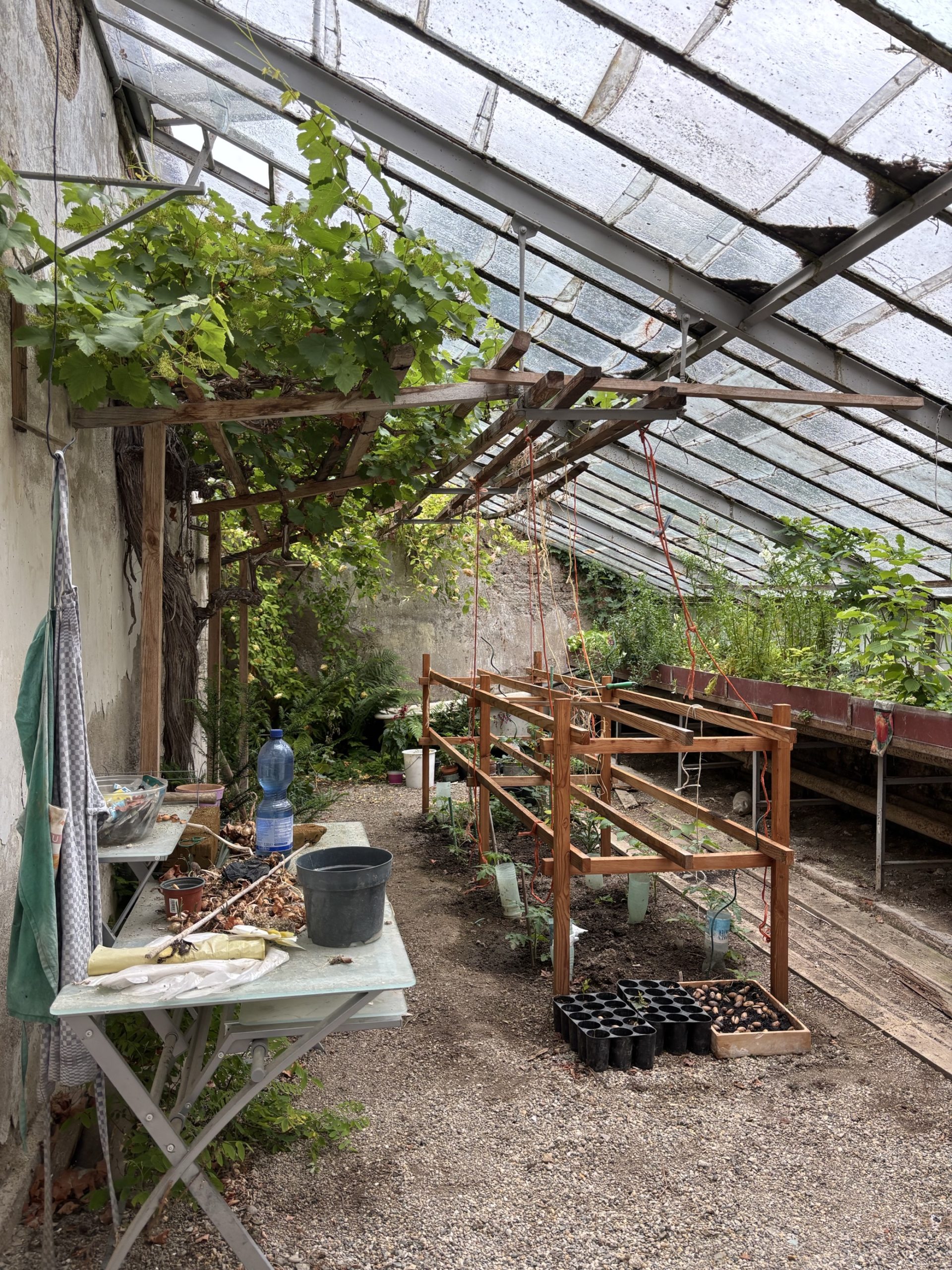From May 20–25, 2025, the baroque castle of Heiligenkreuz-Gutenbrunn in Lower Austria transformed into a vibrant hub for digital heritage innovation. The 14th CIPA Heritage Documentation Summer School welcomed students, researchers, and emerging professionals from across the globe to learn, collaborate, and reimagine the future of documenting built heritage at risk.
Organised by the Department for the History of Architecture and Building Archaeology at TU Wien and supported by ICOMOS, ISPRS, CHNT, ICOMOS Austria, and the Time Machine Organisation through the 3DBigDataSpace project, the week-long programme offered a unique blend of hands-on training, interdisciplinary exchange, and cutting-edge technologies.
Hands-On Heritage Documentation in Action
Several intensive days, participants worked in small, international teams to document and assess the condition of Heiligenkreuz-Gutenbrunn Castle — a site emblematic of many European historic buildings currently lacking a dedicated use and at risk of deterioration. The curriculum focused on:
- High-resolution 3D data capture using photogrammetry, laser scanning, and SLAM technologies
- Multi-scale and multi-object documentation, from architectural facades to fragile decorative details
- Risk assessment using comparative datasets and heritage science methods
- Collaborative data processing and integration into the Common European Data Space for Cultural Heritage
With instruction from a roster of renowned experts, including Prof. Fulvio Rinaudo, Prof. Mona Hess, Prof. Andreas Georgopoulos, Prof. José Luis Lerma, Margarita Skamantzari, Prof. Dimitrios Skarlatos, and jun. Prof. Sander Münster, participants gained not just skills — but a deeper awareness of the ethical, cultural, and technological dimensions of heritage preservation.
Moments from the Field
Day 1 kicked off with warm welcomes from Ulrike Herbig and Fulvio Rinaudo, and a greeting by the owner of the castle, alongside everyone’s favourite furry host, mascot Ludwig. The stage was set for learning, fieldwork, and cross-cultural connection.
Day 2 saw teams dive deep into survey work, capturing the building’s physical fabric using photogrammetry and laser scanning — followed by a thought-provoking lecture by Sander Münster and Margarita Skamantzari on heritage conservation and emerging professional communities.
Day 3 brought exciting technical demonstrations, including UAS (drone-based) documentation and mobile mapping with SLAM. Participants processed image-based models and explored point cloud techniques, turning raw data into actionable heritage insights.
The Final Day culminated in group presentations and a certificate ceremony — celebrating each team’s journey through analysis, innovation, and reflection. The sense of accomplishment was palpable, as participants left with newfound skills and shared purpose.
Building a Digital Future for Our Shared Past
The CIPA Summer School 2025 embodied the best of what interdisciplinary, international education can offer. Through meaningful mentorship, practical experience, and an open spirit of inquiry, participants contributed to the living dialogue of how we preserve the past using the tools of the future.
As Europe continues to invest in cultural heritage through digital means, events like the CIPA Summer School serve as critical platforms for shaping a new generation of heritage stewards — equipped not only with advanced technological knowledge, but also with empathy, creativity, and collaboration.
